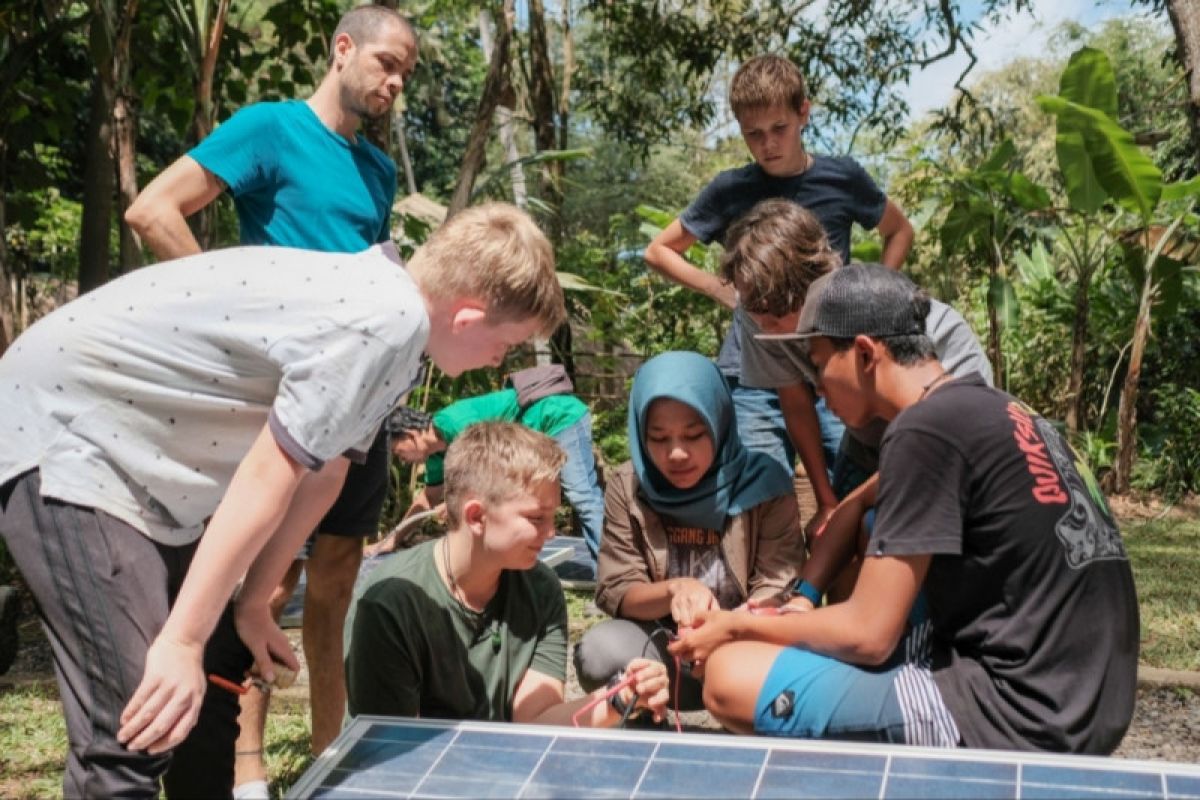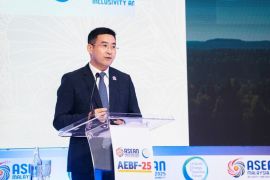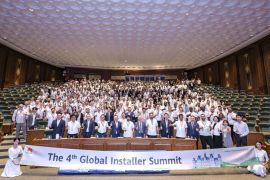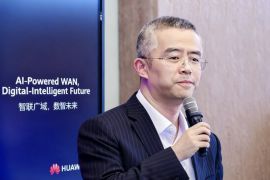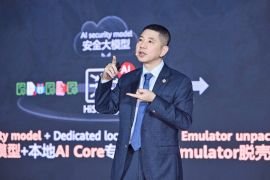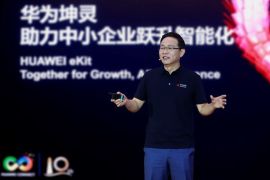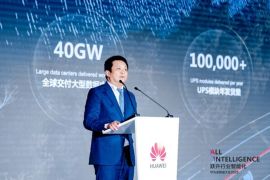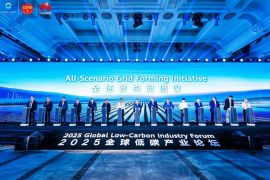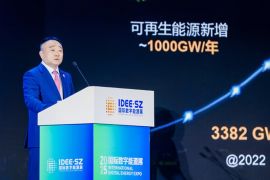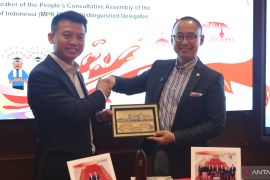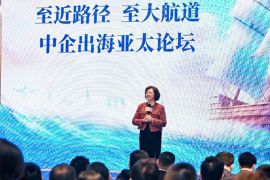Sustainable energy lighting the way for future generations of environmentally responsible innovators
Bali (ANTARA) - Huawei has donated its award winning solar solution to Green School Bali, the ‘Greenest School on Earth,’ and is helping the school to close the gaps in becoming a carbon neutrality campus and environmentally- friendly community.
Green School students helped to set up and install the solar inverter and solar panels at Green School, learning about renewable energy in the process. It’s an example of how the school teaches subjects through hands-on projects applied to real-world circumstances, what they call R.E.A.L. Learning.
Solar power is anticipated to become the No. 1 source of electricity by 20501. As the major player in the industry, Huawei’s contribution to Green School Bali will benefit hundreds of young learners aged 3–18, their parents, teachers and the entire community.
“At Huawei, environmental protection is one of the four key strategies that drives our sustainable development, which echoes Green School Bali’s vision. As part of our ongoing effort to support local communities to be progressively dependent on renewable solar energy, we are pleased to support Green School Bali’s carbon positive initiative by offering our smart solar solution”, said Bruce Li, Managing Director of the Huawei Asia-Pacific (APAC) Enterprise Digital Power Business.
As the global energy demand keeps rising, the Asia-Pacific region is one of the most potential markets for solar -energy, Indonesia is looking into harnessing this green energy to meet its booming energy consumption, curb urban pollution and positively contribute to climate change.
The Green School, opened in Bali, Indonesia, in 2008, is committed to educating for a sustainable world and nurturing future green leaders.
“It’s been a goal from the very beginning to have Green School run on, or as close to 100% renewable energy as possible. The solar inverter donation has helped us close in on that goal, reducing our C02 emissions by about 3.5 tons per month. We are very grateful for all our partners and generous sponsors to make this possible. The contribution from Huawei will surely inspire our children in their journey of living sustainably,” explained John Hardy, the founder of Green School Bali.
Currently, the school’s solar PV system is composed of 118 solar PV panels to generate DC electricity from sunshine, a core inverter to convert DC to 220~ AC for daily usage, and a 72 kWh capacity lead acid battery bank as a backup after sunset.
Anthony Vovers, Renewable Energy Advisor for Green School Bali also shared, “The inverter, which was kindly donated from Huawei, is really light-weight and compact. The installation process was a breeze and all the connections were easy to establish to the network. Moreover, the simple LED light indicates the operating status of the inverter at a glance.”
With the addition of Huawei’s latest inverter SUN2000 which offers a maximum of 98.6% energy efficiency rate and lower cost of maintenance, the Green School Bali pushes new heights for sustainable and innovative organizations around the world.
“As an organization, we are inspired and impressed by the progress which Green School Bali has achieved for the past years as a pioneer in establishing a sustainable institution.” Bruce Li from Huawei added, “At Huawei, we strive to use clean and renewable energy to build green campuses that boast low carbon emissions. Our PV plants at Huawei’s campuses have a combined capacity of 19.35 MW, and generated over 12 million kWh of electricity in 2020. This is equivalent to a reduction in CO₂ emissions of more than 5985 tons”, he added.
Huawei’s industry leading digital power serves one third of the world’s population across more than 170 countries and regions. As one of the great examples, Green School Bali will yield a brighter and sustainable future, and light the way for future generations of environmentally responsible innovators.
1 International Energy Agency (2014). "Technology Roadmap: Solar Photovoltaic Energy" (PDF). iea.org. IEA. Archived (PDF) from the original on 1 October 2014.
Reporter: PR Wire
Editor: PR Wire
Copyright © ANTARA 2021
